Home>Interior Design>What Is Wellness In Design? A Happiness Expert Shares Secrets
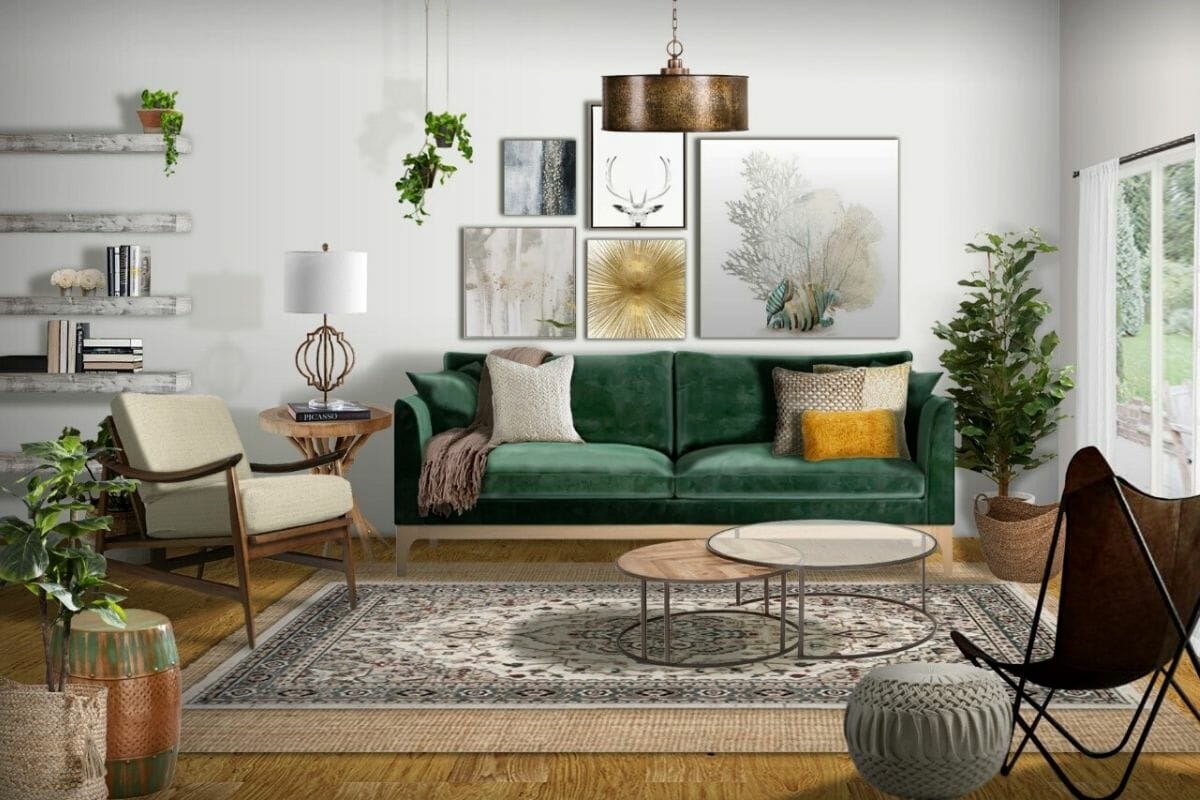

Interior Design
What Is Wellness In Design? A Happiness Expert Shares Secrets
Modified: March 25, 2024
Discover the concept of wellness in interior design as shared by a happiness expert. Find out the secrets to creating spaces that promote well-being and happiness.
(Many of the links in this article redirect to a specific reviewed product. Your purchase of these products through affiliate links helps to generate commission for Storables.com, at no extra cost. Learn more)
Introduction
When it comes to designing a space, whether it’s our homes, offices, or public areas, we often focus on aesthetics and functionality. However, there is another important aspect that designers are increasingly considering: wellness.
In recent years, there has been a growing awareness of the impact that our environment has on our overall well-being. Designing spaces that promote wellness has become a top priority, as people seek to create spaces that enhance their physical and mental health. But what exactly is wellness in design?
Wellness in design encompasses creating spaces that prioritize the health and well-being of individuals. It goes beyond just creating aesthetically pleasing spaces and delves into the effects that these spaces have on our emotions, behavior, and overall happiness. By incorporating elements that promote well-being, such as maximizing natural light, improving indoor air quality, and creating opportunities for physical activity, designers can positively influence our mood and enhance our overall quality of life.
In this article, we will explore the concept of wellness in design and delve into the various strategies that designers can employ to create spaces that prioritize happiness and well-being. From incorporating nature into design spaces to considering the impact of colors, materials, and textures, we will explore how design choices can have a profound impact on our physical and emotional well-being.
Whether you’re a professional designer or someone looking to enhance your own personal space, understanding the principles of wellness in design can help you create environments that nurture and support your overall well-being. So let’s dive in and discover the secrets of wellness in design from the perspective of a happiness expert!
Key Takeaways:
- Designing for wellness involves integrating nature, maximizing natural light, and promoting social connections to enhance physical and emotional well-being, creating spaces that nurture and support holistic wellness.
- Mindful design choices, such as incorporating biophilic elements, prioritizing emotional comfort, and fostering positive relationships, contribute to creating environments that support mindfulness and emotional well-being for occupants.
Defining Wellness in Design
Wellness in design is a concept that seeks to create spaces that prioritize the physical, mental, and emotional well-being of individuals. It goes beyond just creating visually appealing spaces and focuses on how the design elements impact our overall health and happiness.
At its core, wellness in design aims to create environments that enhance our quality of life and support our well-being. It involves considering various factors such as natural elements, lighting, ventilation, ergonomics, social dynamics, and emotional well-being.
One key aspect of wellness in design is the integration of nature into our living and working spaces. Studies have shown that exposure to nature and natural elements has numerous benefits for our mental and physical health. By incorporating elements such as plants, biophilic design principles, and outdoor views, designers can create spaces that promote relaxation, reduce stress, and boost creativity and productivity.
Another crucial element of wellness in design is the consideration of lighting and ventilation. Maximizing natural light and providing ample ventilation not only improves the functionality of a space but also has a direct impact on our mood and well-being. Natural light has been shown to improve sleep, increase productivity, and enhance overall happiness. Proper ventilation helps to maintain good indoor air quality, reducing the presence of toxins and allergens, which can have a positive impact on our respiratory health.
Ergonomics and comfort are also important considerations in wellness-focused design. Designers need to create spaces that are supportive of our physical well-being, promoting good posture, reducing strain and discomfort, and facilitating movement. From office furniture with adjustable heights to ergonomic seating options and standing desks, these design choices can enhance productivity and reduce the risk of common musculoskeletal issues.
The social dynamics of a space also play a significant role in wellness in design. Creating areas that encourage social connections, positive relationships, and a sense of community can contribute to our overall happiness and well-being. Designers can incorporate communal areas, seating arrangements that promote interaction, and shared spaces that encourage collaboration and socialization.
Overall, wellness in design is about creating spaces that take into account the holistic well-being of individuals. It involves considering the physical, mental, and emotional aspects of our health and designing environments that support and nurture these aspects. By incorporating nature, optimizing lighting and ventilation, prioritizing comfort and ergonomics, and fostering social connections, wellness-focused design can have a profound impact on our overall well-being.
The Role of Happiness in Design
Incorporating happiness into design may seem like a novel concept, but it is an essential element when it comes to creating spaces that truly enhance our well-being. Happiness in design involves understanding the factors that contribute to our happiness and integrating them into the design process.
Research has shown that our physical environment has a direct impact on our mood and emotions. When we enter a space that is aesthetically pleasing, comfortable, and functional, it has the power to uplift our spirits and create a sense of joy and contentment. Design elements such as colors, materials, textures, and lighting can greatly influence our emotional state.
Colors, for example, have a profound impact on our emotions. Bright and vibrant colors can evoke feelings of energy and happiness, while softer and cooler tones can create a sense of calm and relaxation. Designers can strategically use color palettes to create a specific mood or atmosphere within a space.
The choice of materials and textures also plays a role in creating a positive emotional experience. Natural materials, such as wood and stone, can bring a sense of warmth and tranquility, while smooth and sleek surfaces can evoke a modern and sophisticated vibe. By carefully selecting materials and textures, designers can create spaces that resonate with the emotions and preferences of the occupants.
Lighting is another crucial factor in designing for happiness. Natural light has been found to have a significant impact on our mood and well-being. Exposure to natural light can increase the production of serotonin, a neurotransmitter that promotes feelings of happiness and well-being. Designers can maximize natural light through strategic placement of windows, skylights, and light wells, allowing the space to be flooded with natural daylight.
In addition to the physical aspects of design, creating spaces that support our psychological well-being is equally important. Design elements that promote privacy, comfort, and personalization can contribute to a sense of happiness and well-being. Incorporating elements of biophilic design, such as indoor plants and natural materials, can also create a connection to nature, which has been shown to improve mood and reduce stress.
The role of happiness in design is not just limited to the aesthetics of a space. It also extends to the functionality and user experience. Designers need to understand the needs and desires of the occupants and create spaces that cater to those requirements. By considering factors such as ease of movement, intuitive layout, and functional features, designers can create spaces that not only look good but also enhance the overall happiness and satisfaction of the users.
Ultimately, the role of happiness in design is to create spaces that positively impact our emotions, improve our mood, and enhance our overall well-being. By incorporating elements that evoke joy, using colors, materials, and lighting to create a positive emotional experience, and ensuring that the design is functional and user-oriented, designers can create spaces that truly promote happiness and contribute to a better quality of life.
The Impact of Wellness-focused Design on Mood and Wellbeing
Wellness-focused design has the power to significantly impact our mood and overall sense of wellbeing. By creating environments that prioritize our physical and mental health, designers can foster a positive and nurturing atmosphere that enhances our daily lives.
One of the key ways that wellness-focused design influences mood and wellbeing is through the inclusion of nature in our living and working spaces. Research has shown that exposure to nature can have a calming effect, reduce stress levels, and improve cognitive function. By incorporating elements like plants, indoor gardens, and natural materials, designers can create spaces that evoke a sense of tranquility, connection to nature, and promote a positive state of mind.
Lighting is another crucial element in wellness-focused design that can impact mood and wellbeing. Natural light has been linked to improved mood, increased productivity, and better sleep quality. Design strategies that maximize natural light and minimize artificial lighting can contribute to a healthier circadian rhythm, optimize Vitamin D synthesis, and create a more uplifting and energizing environment.
Indoor air quality is another significant factor that can influence mood and wellbeing. Poor air quality can have detrimental effects on our respiratory health and cognitive function. By ensuring proper ventilation and incorporating air purification systems, designers can create spaces that promote clean and fresh air, contributing to a healthier and more comfortable living or working environment.
The layout and functionality of a space also play a vital role in promoting mood and overall wellbeing. Designers can create spaces that optimize flow and provide opportunities for movement and physical activity. Incorporating features like standing desks, active seating options, and designated areas for exercise or stretching can support an active and healthy lifestyle, reducing the negative effects of sedentary behavior and improving mood through increased endorphin release.
Ergonomics and comfort are essential considerations in wellness-focused design. By selecting furniture and accessories that prioritize ergonomics, designers can enhance comfort, reduce strain and fatigue, and improve overall wellbeing. Ergonomic chairs, adjustable workstations, and supportive seating can contribute to better posture, increased productivity, and reduced physical discomfort.
The use of colors, materials, and textures in design can also have a profound impact on our emotions and wellbeing. Colors have the power to evoke specific feelings and can be used strategically to create the desired atmosphere within a space. Warm and earthy tones promote a sense of calm and coziness, while vibrant and energetic colors can uplift the mood and stimulate creativity. The choice of materials can also impact mood, with natural materials such as wood and stone creating a sense of warmth and serenity.
Overall, wellness-focused design has a profound impact on mood and wellbeing. By considering the integration of nature, optimizing lighting and air quality, designing for movement and physical activity, prioritizing comfort and ergonomics, and utilizing colors and materials strategically, designers can create spaces that positively enhance our mental and emotional state, promote overall wellbeing, and contribute to a happier and healthier lifestyle.
Incorporating Nature into Design Spaces
Nature has a profound impact on our well-being, and incorporating it into our living and working spaces through design can greatly enhance our quality of life. The biophilic design approach recognizes the innate human connection to nature and seeks to create environments that bring elements of nature into our built surroundings.
One way to incorporate nature into design spaces is by adding indoor plants and greenery. Plants not only add visual appeal but also have numerous health benefits. They can improve air quality by absorbing toxins and releasing oxygen, reduce stress levels, increase productivity, and promote a sense of calm and well-being. Designers can strategically place plants throughout a space, from small potted plants on desks to larger plants as focal points, to bring a touch of nature indoors.
Another way to incorporate nature into design is through the use of natural materials. Materials such as wood, stone, and natural fibers can create a sense of warmth, authenticity, and connection to the outdoors. Designers can incorporate wooden elements in furniture, flooring, or accent pieces to introduce the calming and grounding effects of nature into the space. Stone accents can add a sense of stability and timelessness to the design. Natural fabrics like cotton, linen, or wool can bring a tactile connection to the natural world.
Incorporating natural light is also crucial when it comes to bringing nature into design spaces. Natural light has a multitude of benefits, ranging from boosting mood and productivity to supporting our circadian rhythm. Designers can maximize natural light by strategically positioning windows, utilizing skylights, and incorporating light wells or light tubes to bring in daylight from external sources. Light filtering techniques, such as the use of sheer curtains or diffusing materials, can help soften and distribute natural light throughout the space, creating a calming and inviting atmosphere.
Introducing views of the natural world can also have a significant impact on our well-being. Designers can optimize the placement of windows to provide a glimpse of nature outside, whether it’s a view of trees, a garden, or a park. Connecting with the outdoor environment through expansive windows or glass walls can foster a sense of serenity and establish a seamless transition between indoor and outdoor spaces.
Water features, such as fountains, ponds, or even aquariums, can offer a refreshing and soothing element of nature. The sound of flowing water or the sight of fish swimming can create a sense of tranquility and promote relaxation. These features can be incorporated into the design of both indoor and outdoor spaces, depending on the location and purpose of the design.
Overall, incorporating nature into design spaces not only adds visual interest but also enhances our well-being. Whether it’s through the addition of indoor plants, the use of natural materials, optimizing natural light, creating views of the outdoors, or introducing water features, designers can create spaces that connect us with nature, foster a sense of peace and rejuvenation, and ultimately enhance our overall quality of life.
Read more: Interior Designer Natalia Miyar Shares 3 Secrets To Creating Impact With Sculptural Lighting
Maximizing Natural Light and Ventilation
Maximizing natural light and ventilation in design is crucial for creating spaces that promote well-being, energy efficiency, and a connection to the outdoors. By incorporating strategies to optimize these elements, designers can create environments that are not only visually appealing but also contribute to the physical and psychological health of the occupants.
Natural light has numerous benefits, both for our physical and emotional well-being. Exposure to natural light has been shown to improve mood, increase productivity, regulate our circadian rhythm, and enhance our overall sense of well-being. Designers can maximize natural light by strategically placing windows, skylights, or light wells to bring in an abundance of daylight.
When positioning windows, it’s essential to consider the orientation of the building and the path of the sun throughout the day. South-facing windows tend to receive the most sunlight, while north-facing windows provide more consistent lighting. East-facing windows bring in morning light, while west-facing windows capture the warm light of the afternoon. By strategically placing windows and incorporating shading devices, such as blinds or overhangs, designers can control the intensity of sunlight and reduce glare, ensuring a comfortable and well-lit space.
In addition to maximizing natural light, designers should also prioritize ventilation to promote fresh and clean air within the space. Proper ventilation is essential for maintaining good indoor air quality, which can have a direct impact on our respiratory health, cognitive function, and overall comfort. Fresh air circulation helps remove pollutants, allergens, and stale air from the environment.
Designers can incorporate various ventilation strategies, depending on the design and layout of the space. Natural ventilation systems, such as operable windows, skylights, or ventilated facades, allow for the passive exchange of air between the inside and outside. This not only brings fresh air into the space but also helps regulate temperature and humidity.
In some cases, mechanical ventilation systems may be necessary, especially in densely populated or urban areas where natural ventilation may be limited. These systems can include air filters to purify incoming air and heat recovery systems to minimize energy loss. By integrating mechanical ventilation systems with energy-efficient controls, designers can ensure a continuous supply of fresh air while minimizing energy consumption.
Designers should also consider the use of materials and finishes that support natural light and ventilation. Light-colored walls, ceilings, and flooring can help reflect and distribute natural light throughout the space. Open floor plans, low partitions, and glass dividers can enhance the flow of light and air, creating a sense of spaciousness and connectivity.
Overall, maximizing natural light and ventilation in design has numerous benefits for both physical and psychological well-being. By strategically placing windows, utilizing shading devices, incorporating natural and mechanical ventilation systems, and selecting materials that support light and air flow, designers can create spaces that are filled with natural daylight, fresh air, and a strong connection to the outdoors. These elements not only enhance the visual aesthetics of a space but also contribute to a healthier and more comfortable environment for the occupants.
Enhancing Indoor Air Quality
An often overlooked but crucial aspect of design is enhancing indoor air quality. Poor indoor air quality can negatively impact our health and well-being, leading to respiratory issues, allergies, and a decrease in cognitive function. By incorporating strategies to improve air quality, designers can create spaces that promote a healthy and comfortable environment for the occupants.
One of the fundamental ways to enhance indoor air quality is through adequate ventilation. Proper ventilation promotes the exchange of fresh, outdoor air with stale indoor air, reducing the concentration of pollutants and improving overall air quality. Designers can incorporate natural ventilation systems, such as operable windows or exhaust fans, to allow for the flow of fresh air. In spaces where natural ventilation is limited, mechanical ventilation systems with filters can be employed to ensure a constant supply of fresh air while filtering out dust, allergens, and other contaminants.
Another important aspect of enhancing indoor air quality is the selection of low-emission materials and finishes. Many construction materials, furnishings, and cleaning products release volatile organic compounds (VOCs) into the air, which can have detrimental effects on health. Designers should prioritize the use of low-VOC or VOC-free materials, such as paints, adhesives, and carpets, to minimize off-gassing and improve indoor air quality. Additionally, selecting materials that are easy to clean and maintain helps prevent the buildup of dust, mold, and other allergens.
Incorporating air filtration systems is another effective way to enhance indoor air quality. High-quality air purifiers with HEPA (high-efficiency particulate air) filters can capture and remove fine particles, such as dust, pollen, pet dander, and mold spores, from the air. Designers can incorporate these systems into the HVAC (heating, ventilation, and air conditioning) system or as standalone units to ensure that the air is continuously filtered and purified.
Controlling humidity levels is also crucial for maintaining good indoor air quality. High humidity can create a breeding ground for mold, bacteria, and dust mites, while low humidity can lead to dryness and discomfort. Designers can incorporate humidifiers or dehumidifiers into the space to maintain optimal humidity levels. Additionally, careful attention should be given to moisture-prone areas, such as bathrooms and kitchens, to prevent the growth of mold and mildew.
Proper maintenance of the HVAC system is essential in ensuring good indoor air quality. Regular cleaning and replacing filters, as well as professional inspection and maintenance, help keep the system running efficiently and prevent the buildup and circulation of dust and contaminants.
Lastly, the design and layout of the space can also contribute to enhanced air quality. Proper space planning, with considerations for air circulation and minimizing obstructions to airflow, ensures that fresh air is distributed throughout the space. Incorporating natural ventilation strategies, such as skylights or openable windows, allows for improved air exchange.
By incorporating these strategies, designers can effectively enhance indoor air quality and create spaces that promote the health and well-being of the occupants. Good indoor air quality not only improves respiratory health but also helps foster a comfortable and productive environment, contributing to an overall sense of well-being.
Tip: Incorporate elements of nature, such as natural light and greenery, into your design to promote wellness. This can help reduce stress and improve overall happiness and well-being.
Designing for Physical Activity and Movement
Incorporating physical activity and movement into design is essential for promoting a healthy and active lifestyle. Designers have the opportunity to create spaces that not only encourage physical activity but also make it more convenient, accessible, and enjoyable for the occupants.
One way to design for physical activity is by prioritizing the functionality and layout of the space. Designers can create open floor plans that allow for flexibility and movement, providing ample space for activities such as stretching, yoga, or group exercises. Including designated areas for exercise, such as fitness corners or exercise rooms, encourages individuals to engage in physical activity within the comfort of their own space.
Integration of active design elements can also promote physical activity. This includes incorporating features such as staircases instead of elevators, walking or cycling paths, and outdoor fitness installations. By making these options more accessible and visually appealing, designers can encourage individuals to choose these active modes of transportation or engage in physical activity during their daily routines.
Ergonomics also play a critical role in designing for physical activity and movement. Choosing furniture and equipment that are adjustable, flexible, and supportive can promote good posture and reduce the risk of musculoskeletal issues. Height-adjustable desks, ergonomic seating options, and standing workstations can encourage individuals to alternate between sitting and standing throughout the day, promoting movement and reducing sedentary behavior.
Creating opportunities for movement within the space is another way to design for physical activity. Incorporating features such as walking paths, indoor gardens, or active meeting spaces that encourage individuals to move around the space can contribute to increased physical activity. Additionally, providing amenities like bike racks, showers, and locker rooms can support individuals who choose to incorporate exercise into their daily routine.
Access to natural elements and outdoor spaces can also promote physical activity. Designers can create connections to nature through the inclusion of outdoor gardens, rooftop terraces, or green spaces. Providing opportunities for outdoor activities such as walking, jogging, or yoga can further encourage physical activity and enhance the overall experience of the space.
The integration of technology can also support physical activity and movement. Designers can incorporate features such as treadmill desks, interactive fitness equipment, or fitness tracking systems. By making these technologies easily accessible and seamlessly integrated into the space, individuals can monitor their activity levels, set goals, and engage in physical activity within the environment.
Finally, education and awareness can play a vital role in designing for physical activity. Incorporating signage, informational materials, or programs that promote the benefits of physical activity can inspire and motivate individuals to be more active. Creating a culture of wellness within the space can further encourage individuals to incorporate movement and physical activity into their daily routines.
By designing for physical activity and movement, designers can create spaces that support and promote a healthy and active lifestyle. Whether it’s through well-planned layouts, ergonomic features, access to outdoor spaces, or the integration of technology, these design choices can have a positive impact on the physical and mental well-being of the occupants.
Ergonomics and Comfort in Design
Ergonomics and comfort play a crucial role in design, as they contribute to the overall well-being and productivity of the occupants. By prioritizing ergonomics and creating comfortable spaces, designers can enhance the functionality, efficiency, and satisfaction of the users.
Ergonomics is the science of designing furniture, equipment, and spaces that fit the human body and promote optimum comfort and efficiency. Designers should consider the physical characteristics and needs of the users, such as body size, posture, and range of motion, when creating spaces or selecting furniture.
One of the key aspects of ergonomics is designing furniture that supports proper posture and reduces strain and discomfort. Designers should choose chairs, desks, and workstations that are adjustable and provide adequate back and lumbar support. Ergonomic seating options with features like adjustable height, armrests, and lumbar support can help individuals maintain good posture and prevent musculoskeletal issues that result from prolonged sitting or incorrect positioning.
In addition to seating, designers should consider other ergonomic elements such as keyboard and mouse placement, monitor height and distance, and lighting to reduce eye strain and repetitive stress injuries. Incorporating adjustable accessories and equipment, such as monitor stands and ergonomic keyboards, allows users to customize their workspace to their individual needs and preferences.
Creating spaces for movement and flexibility is also essential for comfort and well-being. Designers should provide ample space for individuals to move around and encourage moments of physical activity and stretching within the environment. Incorporating standing workstations, active seating options like stability balls or balance boards, and breakout areas for relaxation and rejuvenation can enhance comfort and promote a healthier work atmosphere.
Designers should also pay attention to acoustic comfort when considering ergonomics. Spaces that are properly designed to control noise levels and reduce distractions contribute to a more comfortable and productive environment. Incorporating sound-absorbing materials, noise-reducing partitions, or dedicated quiet zones can minimize noise disruptions and improve concentration and focus.
Comfort is not solely limited to ergonomic considerations but also extends to sensory elements. Designers should carefully select materials and finishes that are soft to the touch, visually appealing, and evoke a sense of comfort. Consideration should also be given to temperature and ventilation control, ensuring that the space maintains a comfortable and consistent temperature throughout the year.
When designing for comfort, it’s essential to consider the diverse needs of the occupants. Designing for different body types, abilities, and preferences ensures inclusivity and accessibility. Providing options for personalization, such as adjustable lighting, temperature controls, or individual workstations, allows each user to create a comfortable and personalized environment.
Ultimately, integrating ergonomics and comfort into design contributes to the well-being and satisfaction of the occupants. By prioritizing proper posture, movement, accessibility, sensory elements, and individual preferences, designers can create spaces that support physical health, enhance productivity, and promote a sense of comfort and well-being.
Read more: Expert Tips For A Well-Lit Home
Creating Spaces for Social Connection and Positive Relationships
Design has the power to create spaces that foster social connection and promote positive relationships. By intentionally designing for interaction and creating welcoming environments, designers can support communication, collaboration, and a sense of community among the occupants.
One of the key considerations in creating spaces for social connections is the layout and organization of the space. Designers should aim to create open and welcoming areas that encourage people to gather and interact. Incorporating communal spaces such as lounges, cafeterias, or central meeting areas can act as hubs for social interaction.
Providing comfortable seating arrangements is essential for creating spaces that promote social connection. Designers should select furniture that is conducive to conversation, such as group seating arrangements or comfortable lounge chairs. Providing a variety of seating options, from intimate nooks to community tables, caters to different preferences and promotes interactions among individuals or groups.
Incorporating technology to facilitate social connections is another aspect of designing for interaction. By integrating video conferencing systems or interactive displays, designers can create spaces that enable virtual connections and collaborative work across different locations or time zones. These technologies support communication and strengthen relationships not only within the immediate space but also with individuals in other areas.
Creating spaces that encourage movement and spontaneous interactions can also foster social connections. Designers can incorporate features like walking paths, break areas, or common areas with games or playful elements. Such spaces offer opportunities for individuals to engage in informal interactions and build relationships on a more personal level.
Careful consideration should be given to the acoustics of the space to ensure that conversations can be easily held without disturbances. Incorporating acoustic treatment, sound-absorbing materials, and designated quiet areas helps control noise levels and provides individuals with the opportunity for focused conversations or private discussions.
Designers can also leverage the power of visual cues and wayfinding to encourage social interaction within a space. Incorporating clear signage and designating areas for specific activities or purposes can guide people to the right locations and facilitate encounters. The strategic placement of amenities such as water coolers, coffee stations, or shared work surfaces can create opportunities for individuals to gather and interact naturally.
Lastly, creating spaces that celebrate diversity and inclusivity is essential for promoting positive relationships. Designers should strive to create environments that are accessible to individuals with varying abilities, accommodate different cultural practices, and welcome diverse perspectives. Incorporating elements that recognize and respect the diversity of the occupants fosters a sense of belonging and encourages meaningful connections.
By intentionally designing spaces for social connection, designers can support positive relationships among occupants. Through thoughtful layout, comfortable seating arrangements, the integration of technology, the promotion of movement and spontaneous interactions, and the consideration of acoustics and visual cues, designers can create environments that foster meaningful connections, collaboration, and a sense of community.
The Power of Colors, Materials, and Textures in Design
In design, colors, materials, and textures have a profound impact on the overall aesthetic, atmosphere, and emotional experience of a space. These elements possess the power to evoke specific feelings, create visual interest, and influence the mood and perception of the occupants.
Colors are one of the most influential elements in design. Each color has its own psychological associations and can evoke different emotions. Warm colors such as red, orange, and yellow can create a sense of energy, warmth, and excitement. Cool colors like blue, green, and purple tend to create a calm and soothing atmosphere. Designers can strategically use colors to elicit specific emotions or set the desired mood within a space.
The choice of materials can greatly impact the overall aesthetic and tactile experience of a space. Natural materials like wood, stone, or metal can bring a sense of warmth, authenticity, and connection to the outdoors. These materials can also provide a visual and textural contrast, adding visual interest and richness to the design. On the other hand, smooth and sleek materials like glass, stainless steel, or polished surfaces can create a modern and sophisticated ambiance. The selection of materials should align with the desired aesthetic and purpose of the space.
Textures in design add depth and create visual and tactile interest. Combining different textures, such as rough and smooth surfaces, can create a sense of contrast and intrigue. Textured materials like woven fabrics, coarsely-finished wood, or textured wallpapers can add a sense of depth and visual richness to a space. Textures can also evoke a specific mood – soft and plush textures can create a sense of comfort and coziness, while sleek and shiny textures can convey a sense of sophistication.
The combination of colors, materials, and textures is where the true power lies. A thoughtful and harmonious combination of these elements can evoke particular feelings and enhance the overall atmosphere of a space. For example, a neutral color palette paired with natural materials and textured fabrics evokes a sense of tranquility and simplicity, while a bold color scheme with glossy finishes and sleek, modern materials creates a dynamic and stimulating environment.
Designers should also consider the psychological and cultural associations that colors, materials, and textures may have. Different cultures may have distinct interpretations of colors and materials, and these should be considered in designing spaces that cater to a diverse audience. Understanding the preferences and sensitivities of the occupants helps designers create spaces that resonate with them on a personal level.
Ultimately, the power of colors, materials, and textures in design cannot be underestimated. By carefully selecting and combining these elements, designers can create visually appealing and emotionally engaging spaces. Understanding the psychological impact that colors have, the tactile experience that materials provide, and the visual interest that textures add helps designers craft environments that meet the functional, aesthetic, and emotional needs of the occupants.
The Importance of Mindfulness and Emotional Wellbeing in Design
Mindfulness and emotional wellbeing are increasingly recognized as essential aspects of our overall health and happiness. In the realm of design, creating spaces that prioritize mindfulness and emotional wellbeing has become a crucial consideration. By incorporating design principles that support these aspects, designers can contribute to a positive and nurturing environment for the occupants.
Mindfulness is the practice of being present and fully engaged in the present moment. Designers can create spaces that encourage and facilitate mindfulness by incorporating elements that promote relaxation, focus, and a sense of calm. This can include the integration of natural elements such as indoor plants, natural materials, and views of nature. The use of color psychology to evoke a serene and tranquil atmosphere, along with appropriate lighting and acoustic treatments to minimize distractions, also supports a mindful environment.
In addition to mindfulness, emotional wellbeing is vital to our overall happiness and productivity. Designers can create spaces that support emotional wellbeing by considering the emotional impact of design elements. Colors, for example, have the power to evoke specific emotions, such as blue for tranquility or yellow for happiness. Thoughtfully selecting color palettes that align with the desired emotional tone can create a positive and uplifting atmosphere within a space.
Biophilic design, which incorporates elements of nature, has been shown to have a positive impact on emotional wellbeing. The presence of greenery, natural light, and outdoor views can reduce stress, increase feelings of calmness, and improve overall mood. Designers can incorporate biophilic design principles through the strategic placement of plants, the use of natural materials, and the integration of natural light and ventilation.
Creating spaces that allow for personalization and self-expression contributes to emotional wellbeing. Allowing individuals to add personal touches and create a sense of ownership within a space fosters a sense of identity and comfort. Designers can provide opportunities for self-expression through customizable workstations, display areas for personal mementos, and flexible layouts that can be adapted to individual needs and preferences.
Privacy and comfort are also integral to emotional wellbeing. Incorporating private areas, such as quiet rooms or individual workstations, allows individuals to retreat, recharge, and focus on their well-being. Providing comfortable seating options, cozy nooks, and inviting breakout spaces supports emotional comfort and relaxation within the environment.
Furthermore, incorporating spaces for social connection and positive relationships, as well as promoting a sense of community, contributes to emotional wellbeing. Designers can create communal areas, gathering spaces, or shared amenities that foster interaction and collaboration, encouraging positive social connections and a sense of belonging. Design elements such as open seating arrangements, inviting communal tables, and creative breakout areas can help facilitate these connections.
Designers have a unique opportunity to contribute to the emotional wellbeing and mindfulness of individuals through intentional design choices. By prioritizing elements that promote relaxation, focus, and a sense of calm, integrating biophilic design principles, allowing for personalization and self-expression, considering privacy and comfort, and creating spaces for social connection and positive relationships, designers can shape environments that support the emotional wellbeing and mindfulness of the occupants.
Conclusion
Incorporating wellness-focused design principles into our spaces has become increasingly important in promoting our physical and mental well-being. Throughout this article, we have explored various aspects of wellness in design, from understanding the concept of wellness and its impact on mood and well-being to incorporating nature, maximizing natural light and ventilation, enhancing indoor air quality, designing for physical activity and movement, prioritizing ergonomics and comfort, creating spaces for social connection and positive relationships, and harnessing the power of colors, materials, textures, mindfulness, and emotional well-being in design.
Wellness in design goes beyond aesthetics and functionality. It involves considering the impact of our environment on our overall health and happiness. By integrating elements of nature, optimizing natural light and ventilation, providing clean and fresh indoor air, designing for physical activity, prioritizing ergonomic comfort, fostering social connections, and considering the emotional aspects of design, we can create spaces that promote a sense of well-being and enhance our quality of life.
Designers have the power to shape environments that support individuals’ physical health, improve mood and productivity, foster social interactions, and contribute to a sense of calm and emotional well-being. By combining creativity with a deep understanding of human needs and a mindful approach, designers can craft spaces that promote wellness in all aspects of life.
As we continue to prioritize wellness in design, it is important to remember that everyone is unique, and design should accommodate diverse needs and preferences. Creating inclusive and accessible environments ensures that all individuals can benefit from the positive impact of wellness-focused design.
In conclusion, the integration of wellness in design is more than just a trend. It is a fundamental approach that recognizes the profound impact our environment has on our physical, mental, and emotional well-being. By embracing the concepts outlined in this article and applying them to our design practices, we have the opportunity to create spaces that nurture and support our holistic well-being, promoting a healthier, happier, and more fulfilling way of life.
Frequently Asked Questions about What Is Wellness In Design? A Happiness Expert Shares Secrets
Was this page helpful?
At Storables.com, we guarantee accurate and reliable information. Our content, validated by Expert Board Contributors, is crafted following stringent Editorial Policies. We're committed to providing you with well-researched, expert-backed insights for all your informational needs.
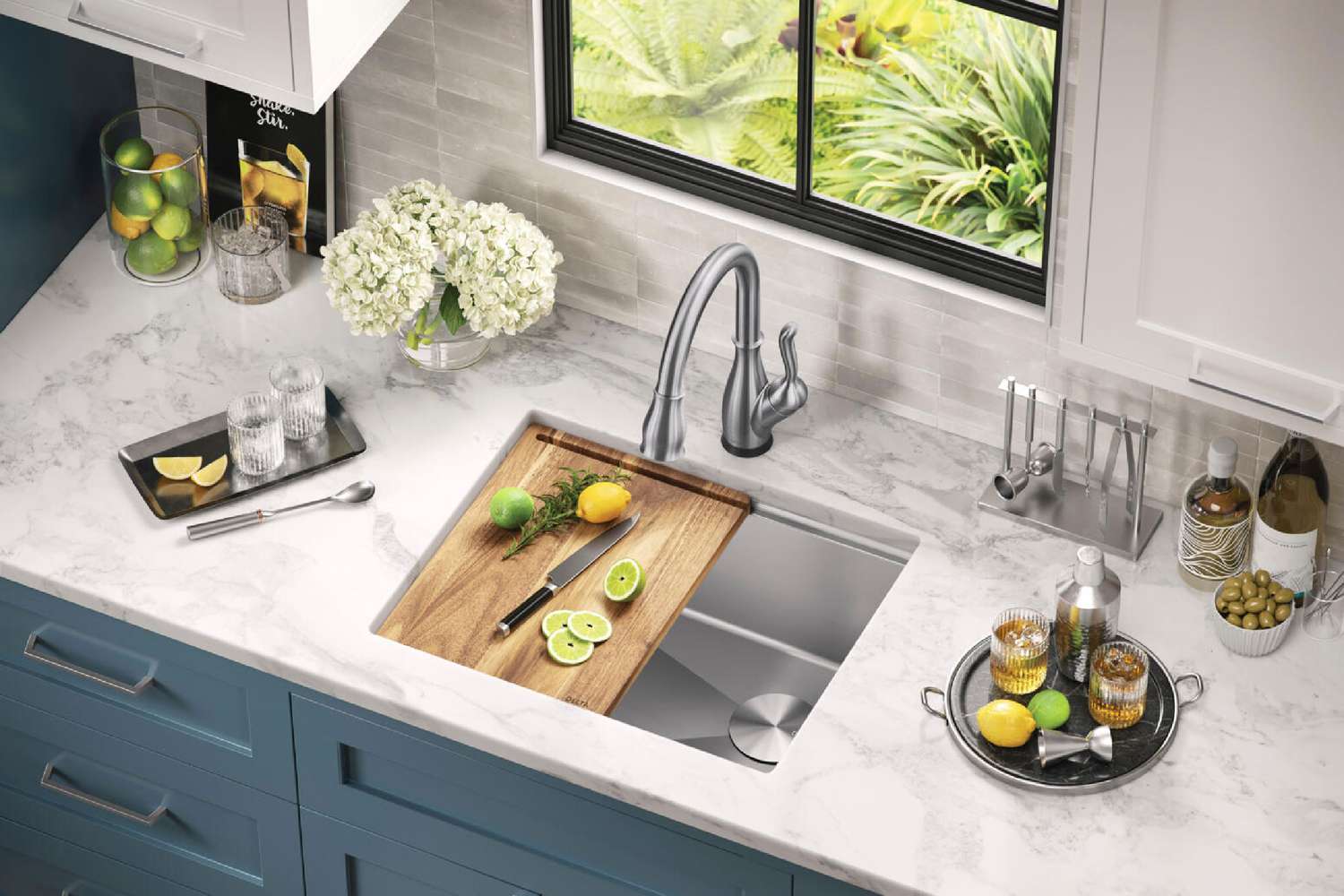
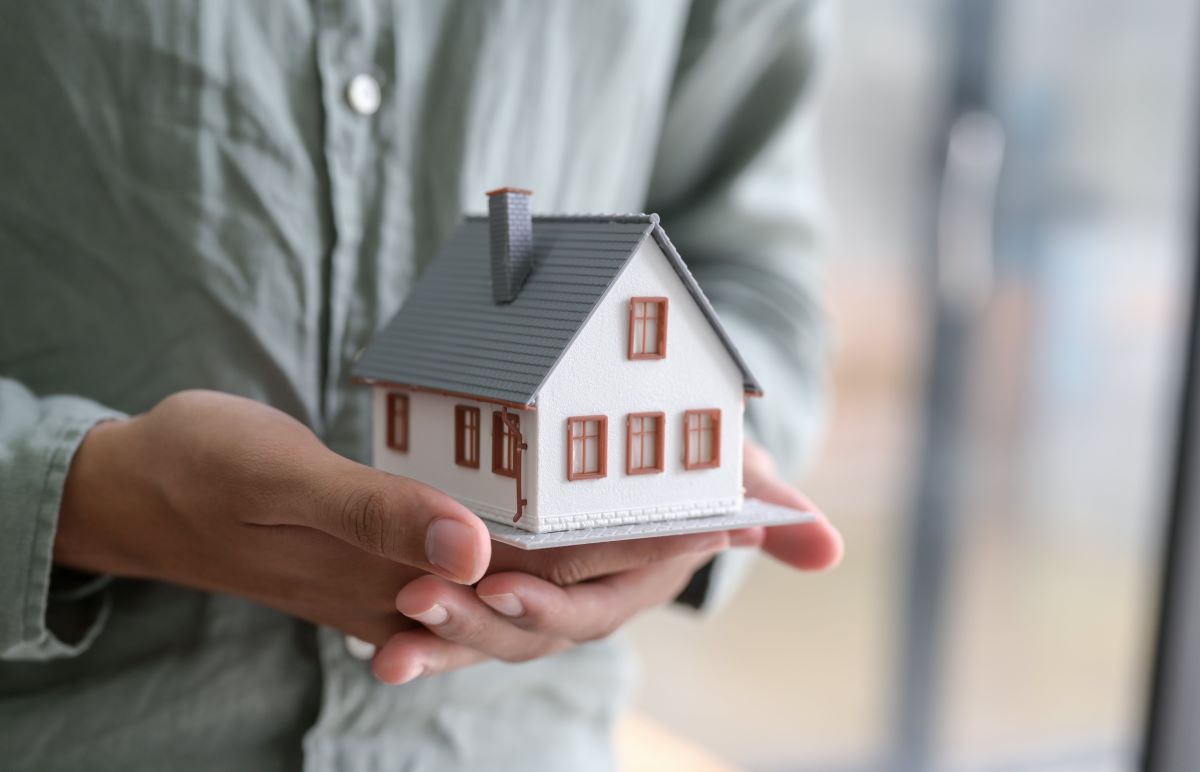
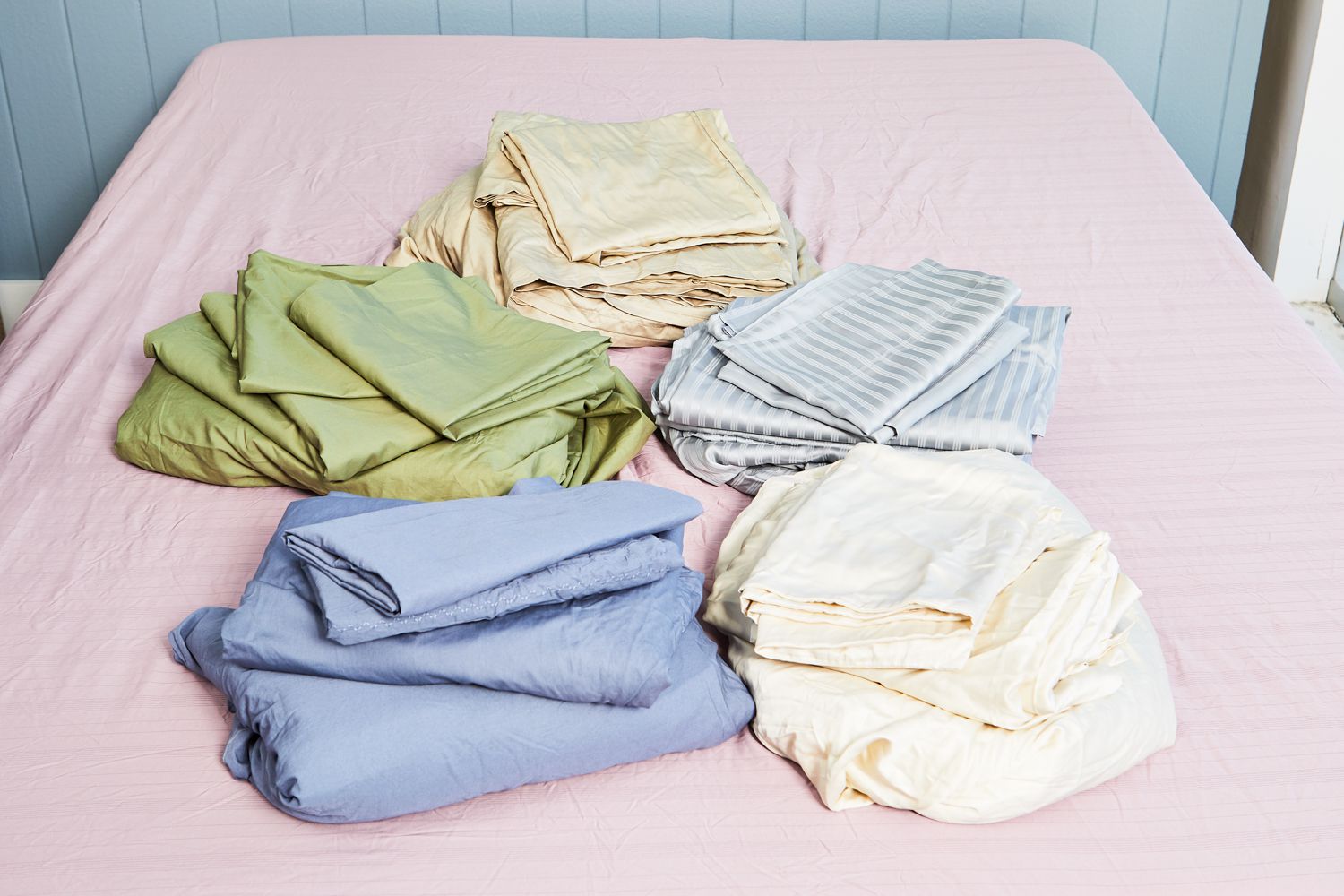
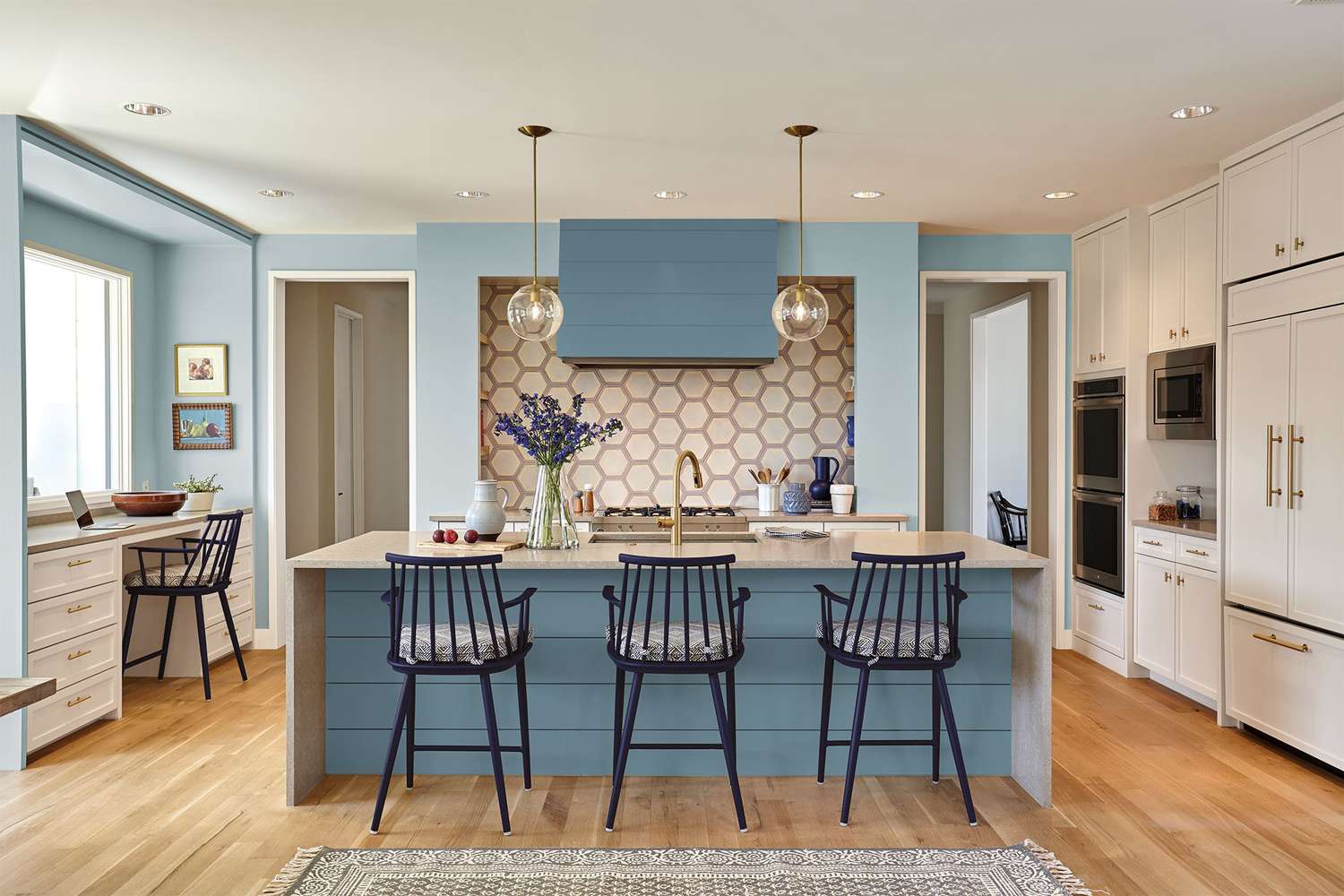
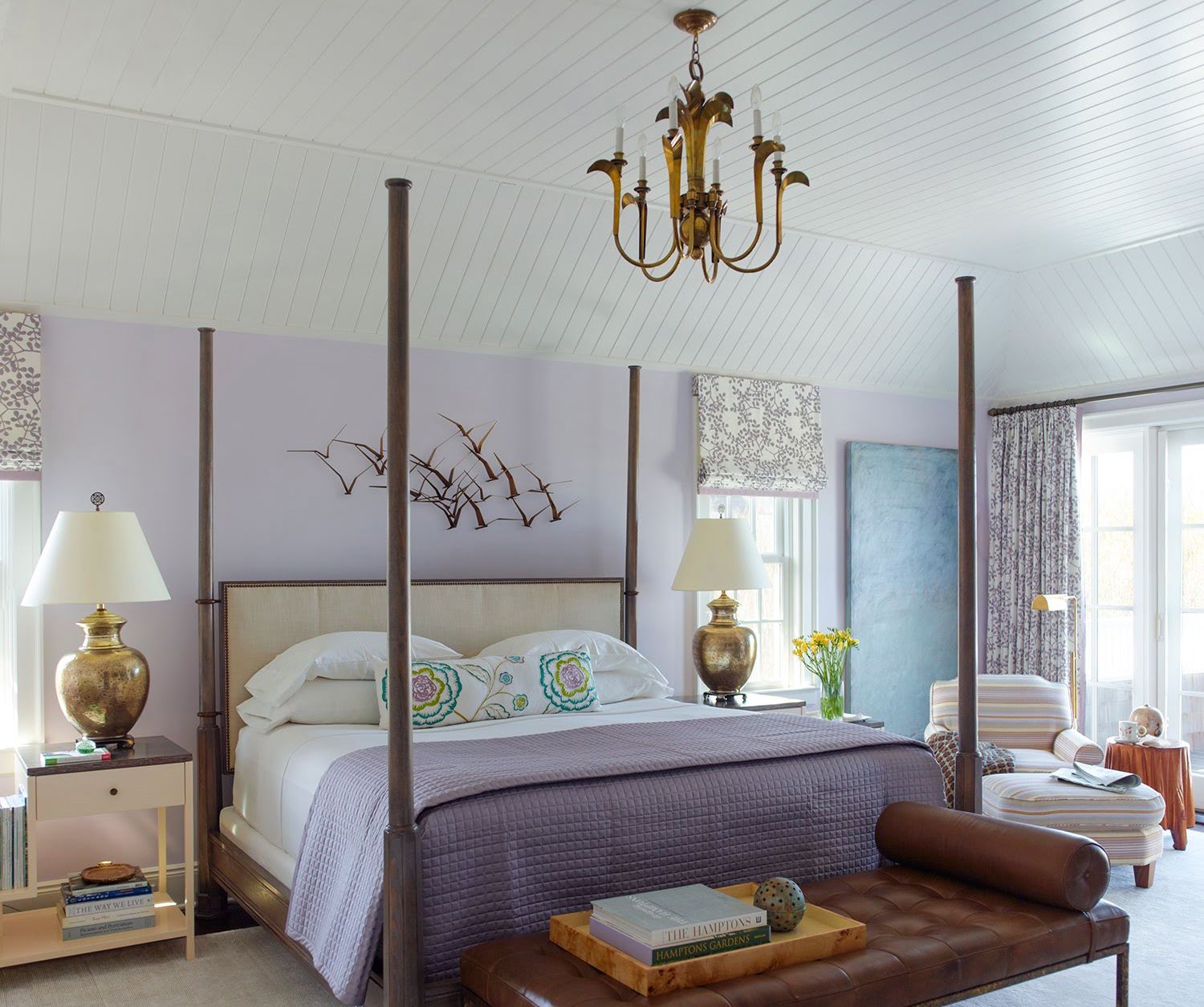
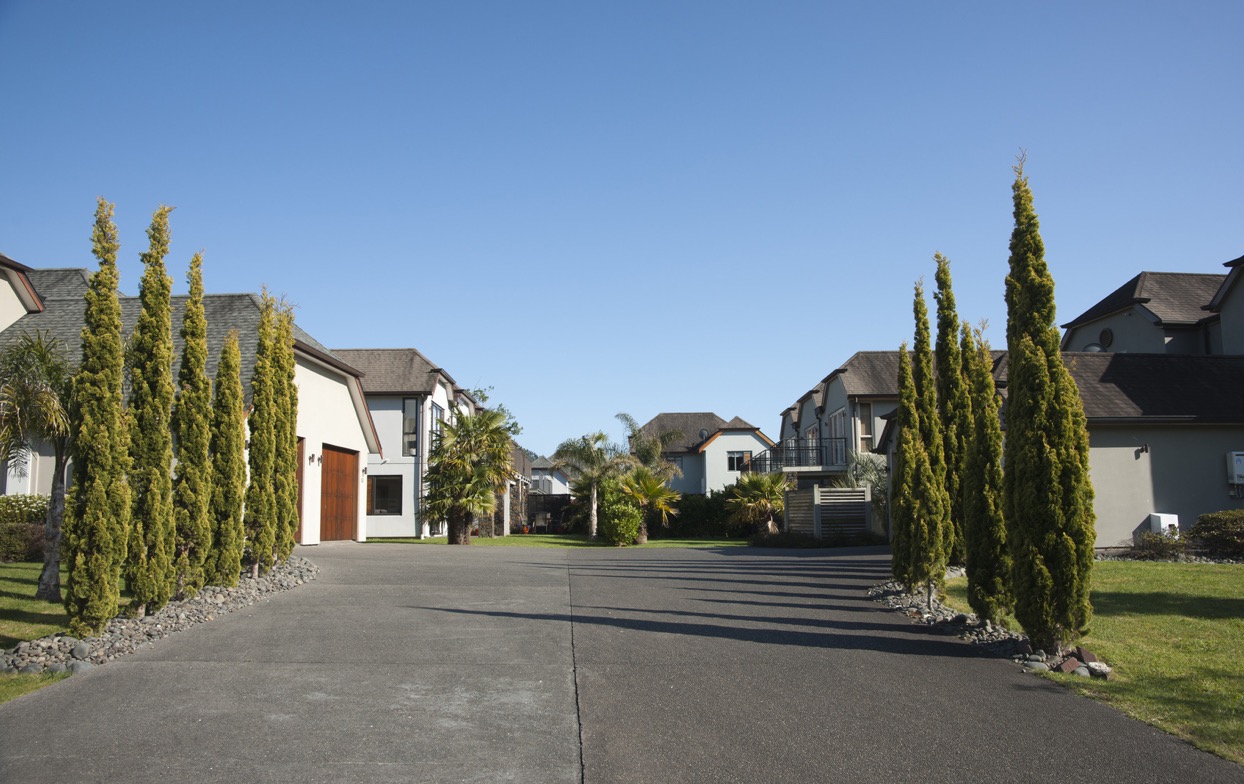
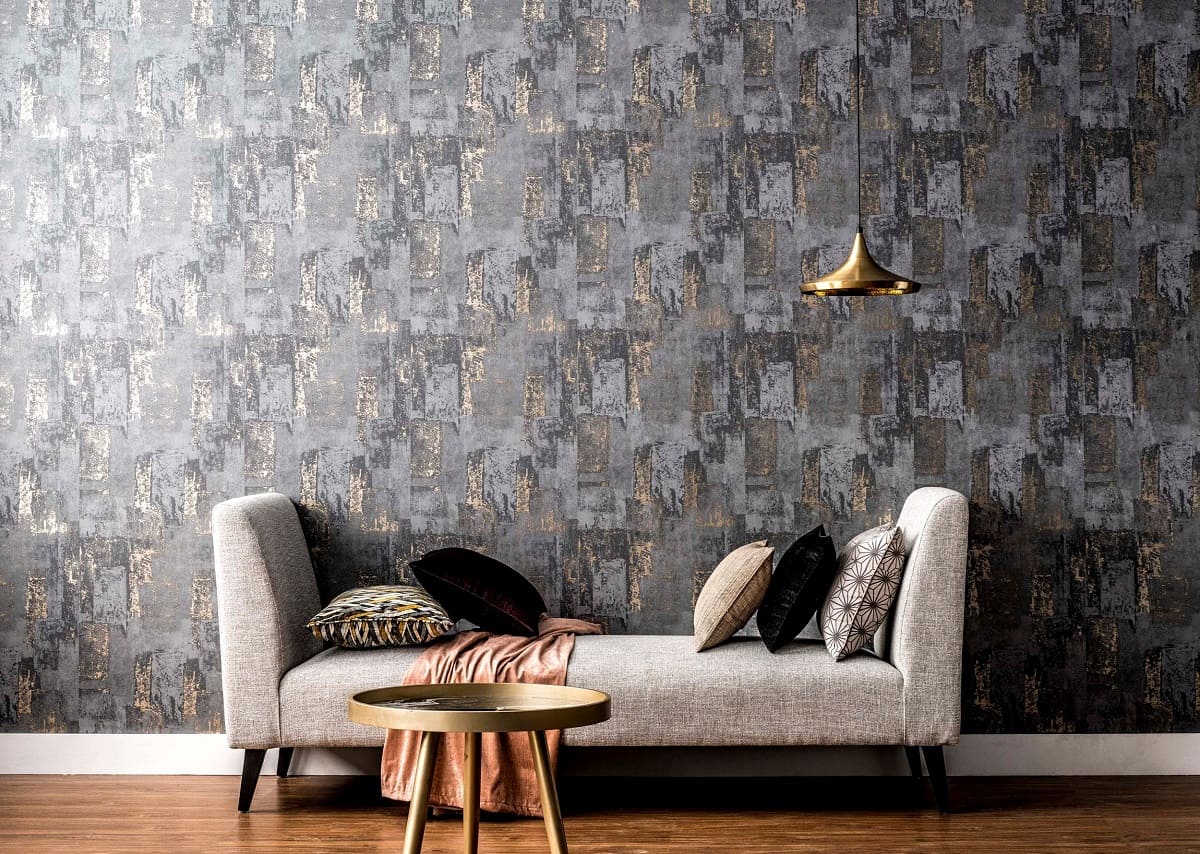
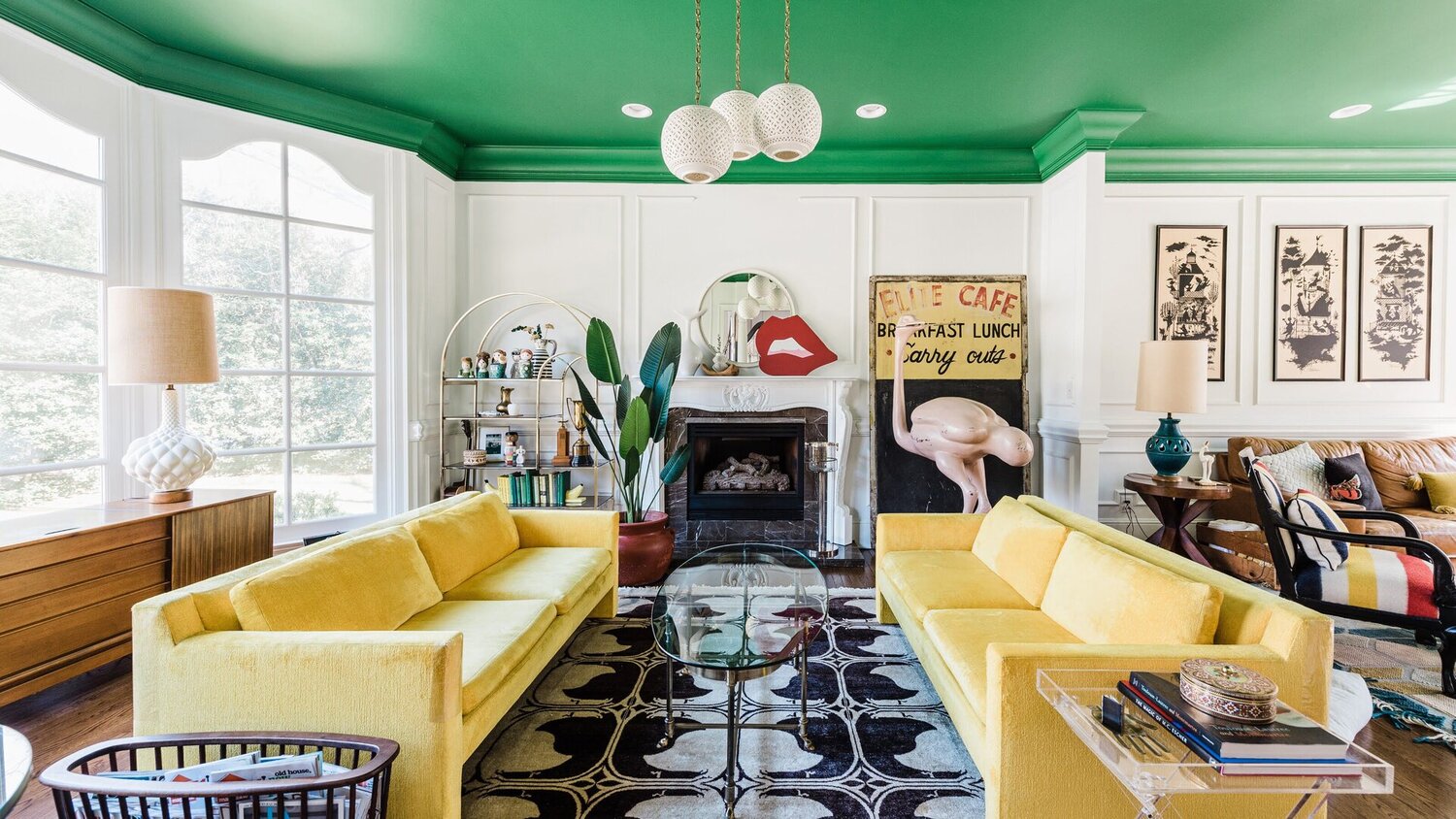
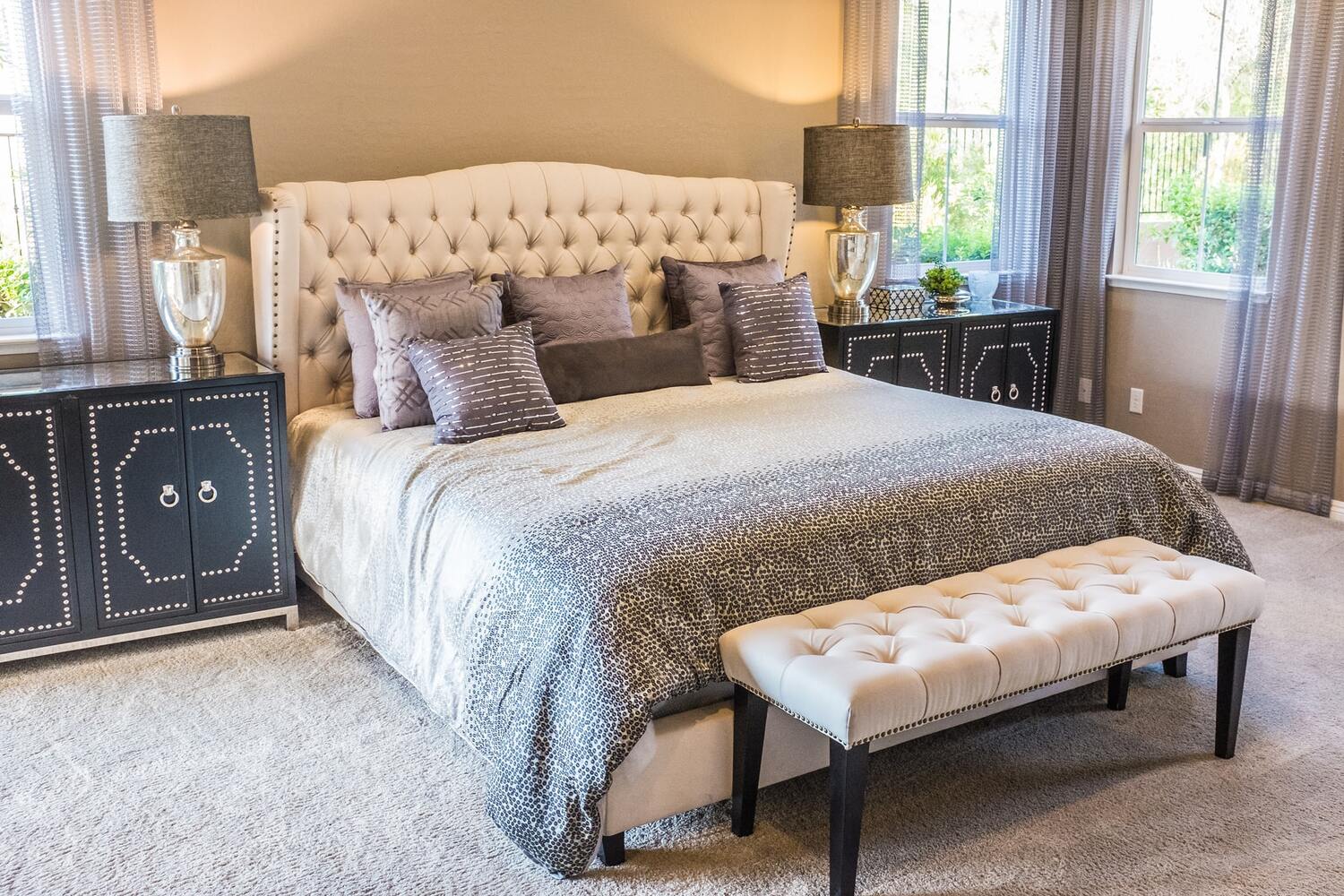
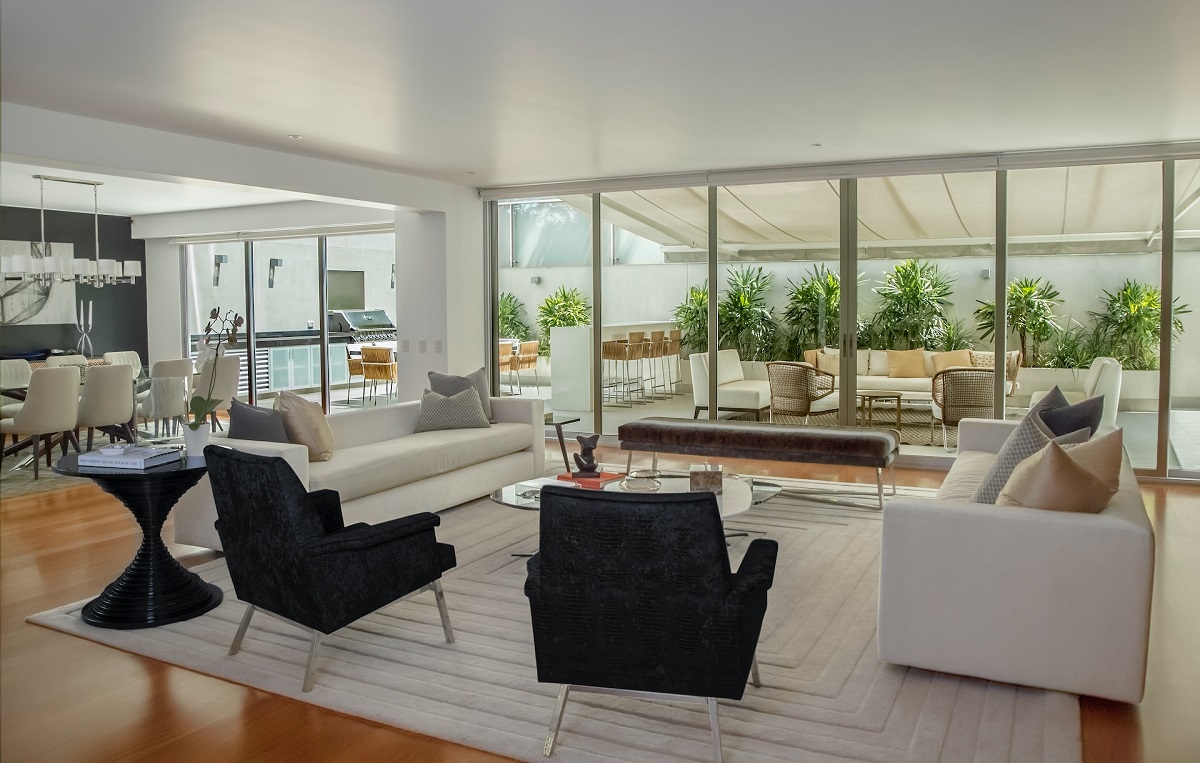
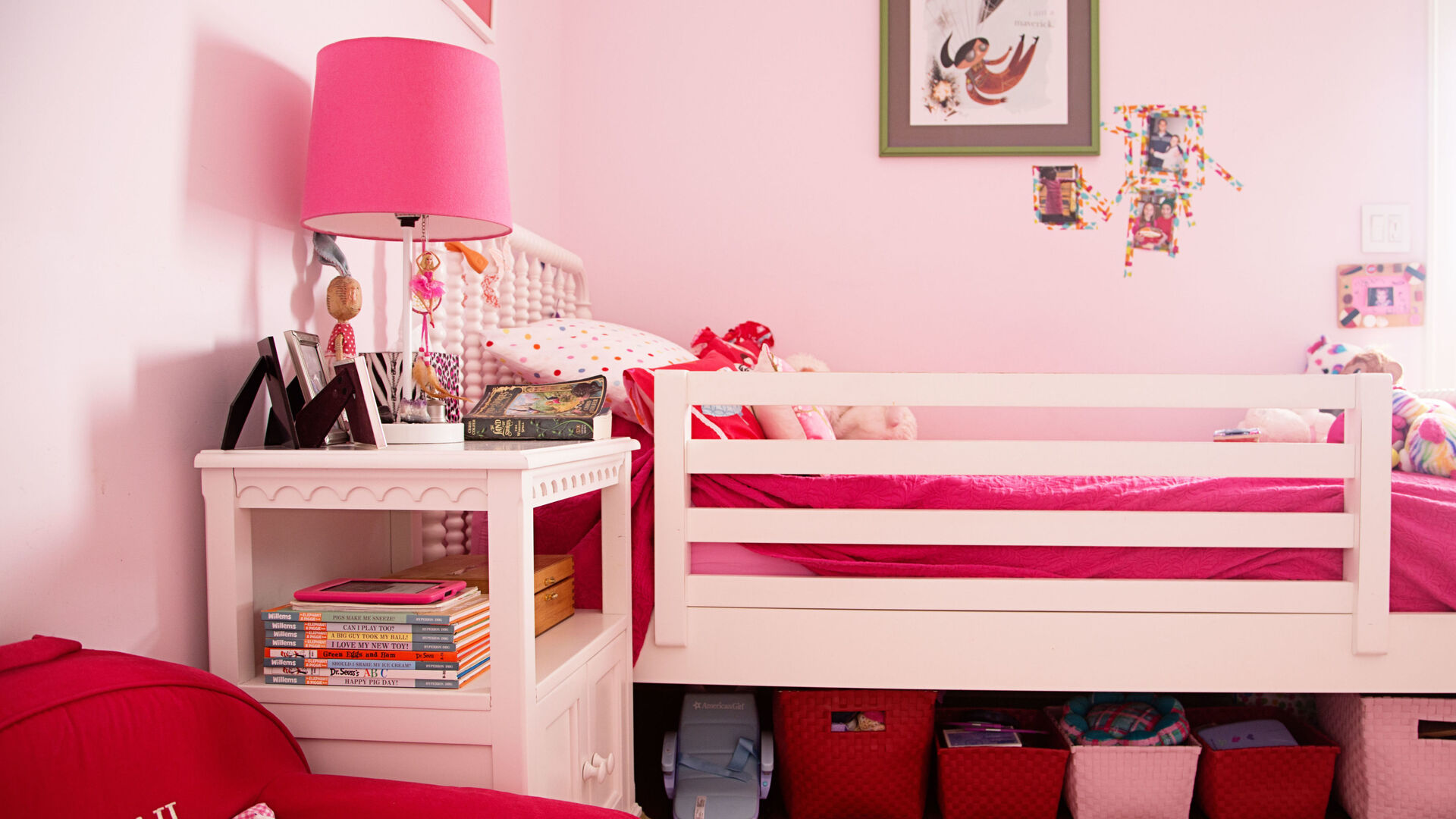
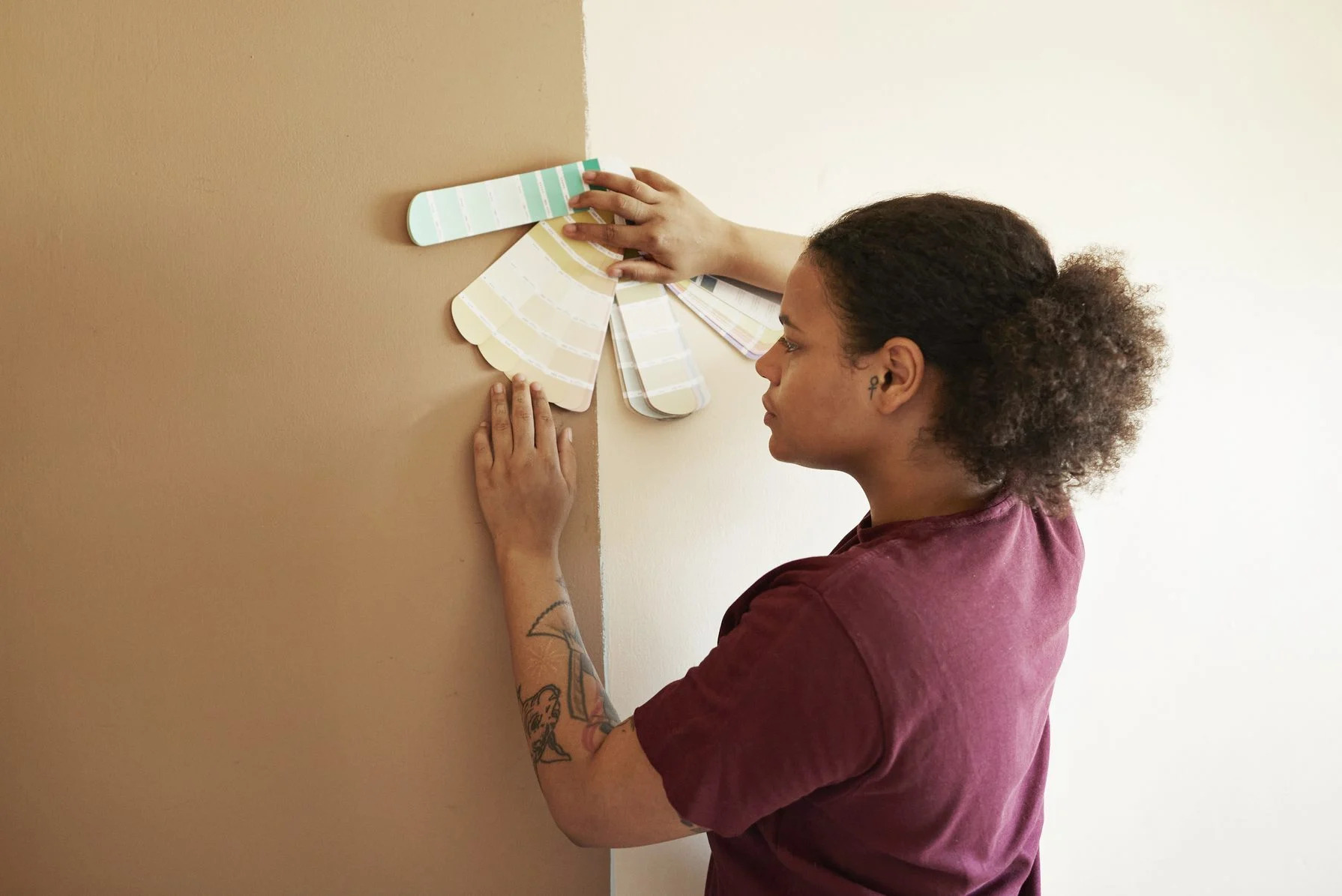
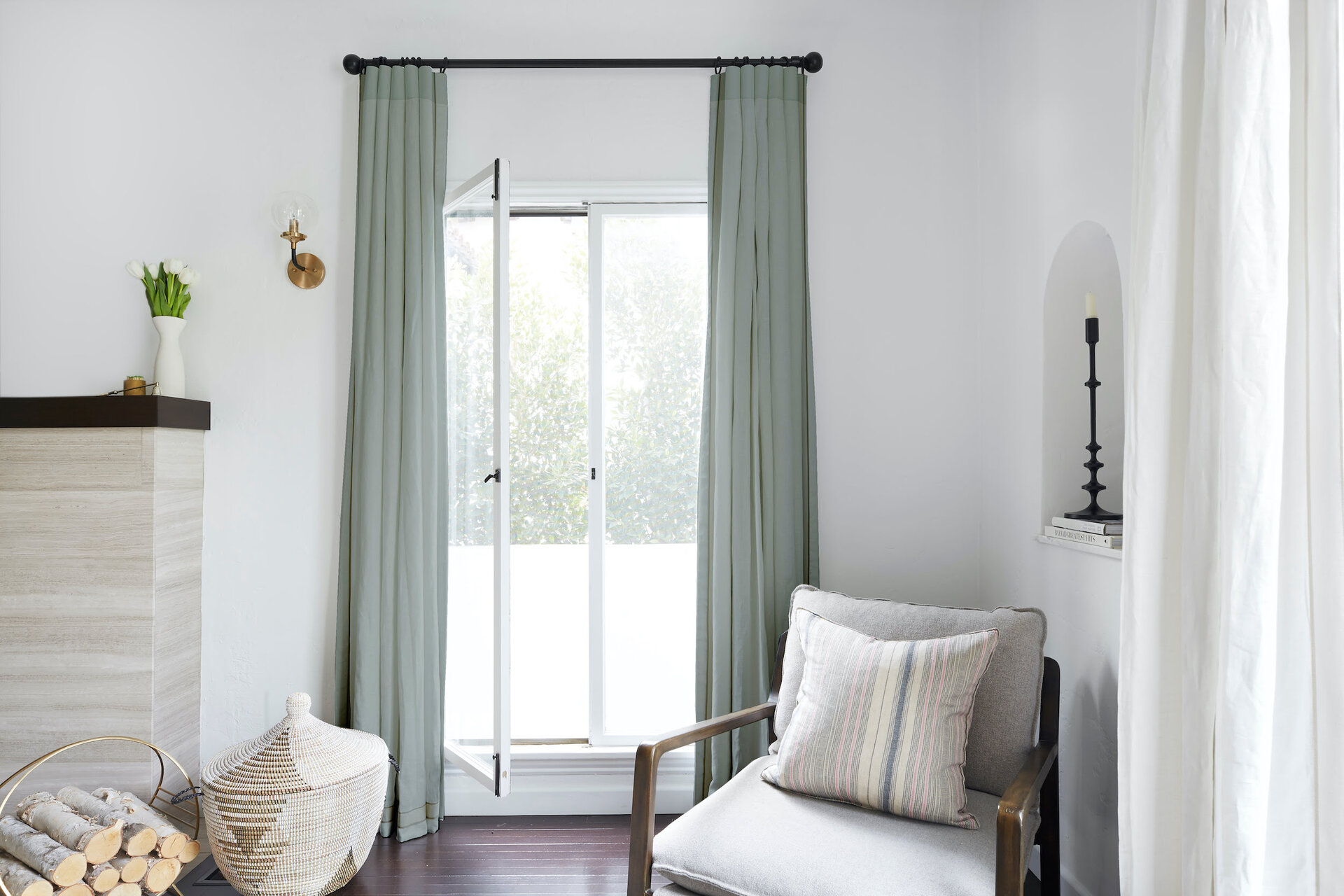

0 thoughts on “What Is Wellness In Design? A Happiness Expert Shares Secrets”